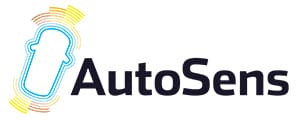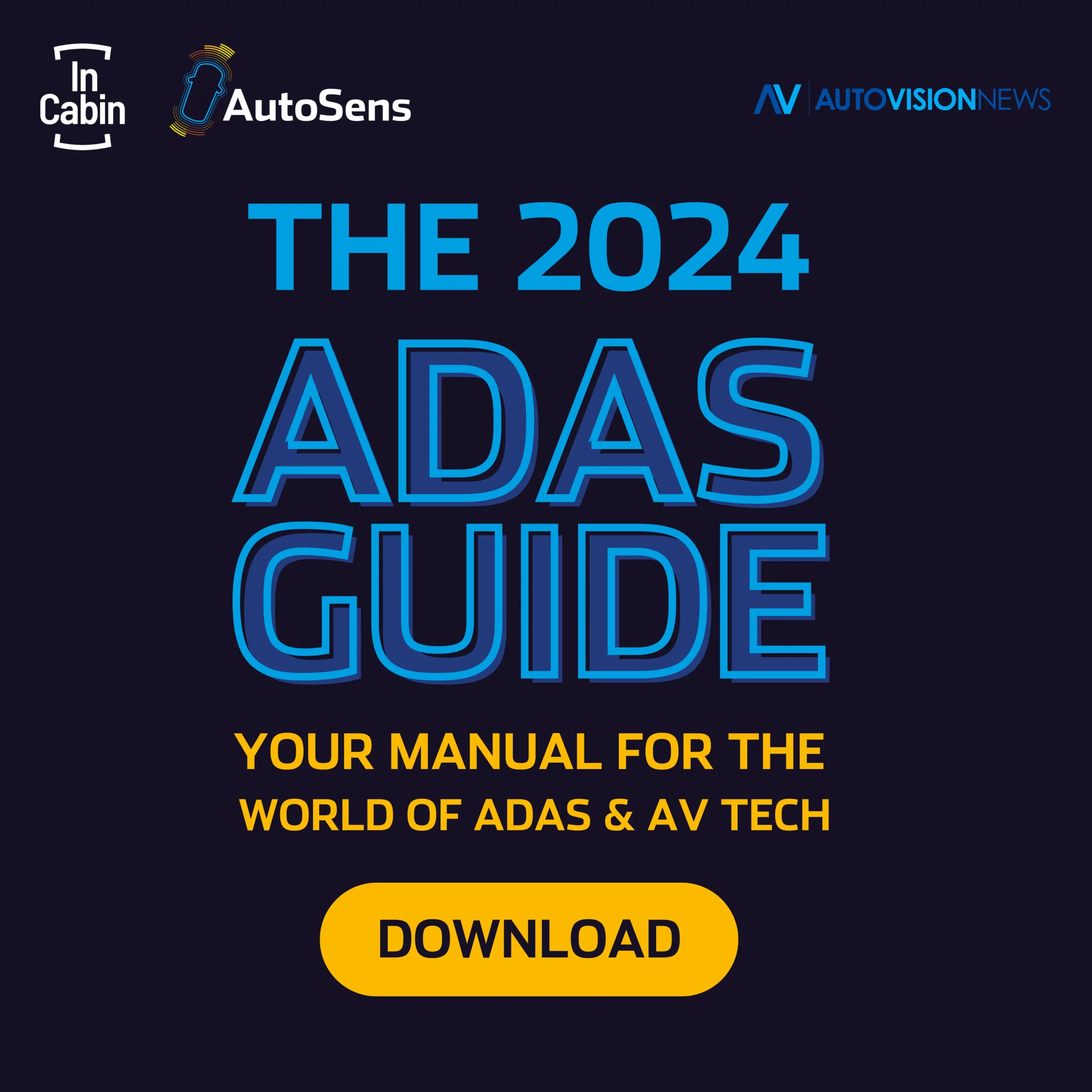
Introducing the first in our 2017 series of interviews for AutoSens. Speaking to Rob Stead, conference Director of the AutoSens conference, Rudy Burger, Managing Partner at Woodside Capital Partners, sets out his vision for the future of autonomous vehicles.
Rudy Burger will be delivering a keynote presentation at AutoSens in Detroit from 22-25 May 2017.
Tell us a little about your background in automotive and autonomous vehicles
I have spent much of my professional life to date in the digital imaging sector (I’ve started 5 digital imaging companies) and I now head up Woodside Capital’s business unit focused on computer vision – and particularly ADAS applications. We have engaged with many growth stage private companies in the ADAS sector to assist them with M&A opportunities and later stage capital raising. This has also put me into regular contact with the corporate development groups, ADAS business units, and corporate venturing groups of many of the largest automotive OEMS and Tier 1s. Separately, I am on the board of Seeing Machines (LSE:SEE) – a leader in vision based driver monitoring products and technology.
This sector is fluid as tech companies are figuring out how to get their piece of the future of autonomous vehicles, and traditional auto-makers are adjusting their strategies. Can you pick out three key trends we should watch out for?
a) China. Many of the critical technology innovations driving ADAS are hardware related (sensors, semiconductors, LiDAR, etc). Silicon Valley VCs have been reluctant to back hardware companies. Financial and corporate investors from China are increasingly stepping in to fill this gap, backing everything from new car companies to automotive sensor companies.
b) AI/Deep Learning. Computer Vision is in a rapid transition from algorithm based processing to AI based deep learning. This will be a core technology that enables autonomous vehicles to become reality
c) Disrupting the supply chain. Newcomers like Tesla are dramatically changing the way (and time frame) in which new ADAS technologies find their way into a new car. This is forcing the OEMs to re-think the traditional supply chain which has historically produced very long delays in adopting new technology.
Are we heading towards a bursting bubble, or just getting started towards a boom period?
We are just at the beginning of an incredible period of growth, innovation, and transformation in every aspect of the automotive industry. And, as with every growth cycle, there will be some big winners and also some big losers.
We’ve seen a lot of merger and acquisition (M&A) activity at all levels. Are tech companies and OEMs looking for the same things, or do they have different objectives from their acquisitions?
At the highest level, they are all looking for the same thing: Acquisitions that will provide them with a sustainable competitive advantage in their core business. Some companies may make small tactical acquisitions, easily absorbed. Other companies may make transformative, large acquisitions such as GM’s $1B acquisition of Cruise, as a signal that they are ready to join in developing autonomous technologies.
When do you believe you’ll be travelling to work in a fully autonomous car?
While we are going to see continued rapid advances in ADAS adoption, the barriers to fully autonomous are more social and regulatory than they are technical. I don’t think individuals will ever buy self-driving cars. Fully autonomous vehicles will be the domain of Uber and others offering automotive transportation as a service. So, another way of thinking about this question is “when will I first be able to call an Uber on my smart phone and have it show up with no driver”. While this is happening now [on an experimental level in cities around the world] , I think it will take more than 10 years for this type of service to be widely available in the US.
What was the most significant milestone in your career and why?
My decision, many years ago, to leave a very comfortable and well paid job at IBM to start my own company. It set me on a path to becoming a serial entrepreneur and changed the way I thought about risk in the context of my career.
What’s the wisest investment / acquisition that you’ve worked on?
In early 2013, Irish semiconductor company Movidius was struggling. The company had been struggling to find its direction and its investors were tired and looking for an exit. Atlantic Bridge (an Irish venture fund) came along and recognized Movidius’ potential for mobile computer vision applications. They, along with DFJ Esprit and Robert Bosch, invested $16M to recapitalise the company. Earlier this year, Movidius was sold to Intel for close to $400M.
Detroit vs Silicon Valley, or a future of joint ventures and collaboration?
Most of the major automotive OEMs in Detroit have already set up research and development shops in Silicon Valley. I think that ADAS technology development will continue to migrate to Silicon Valley. Another way of thinking about this is whether Detroit or SV will benefit most in economic terms from ADAS investment, M&A, related job growth, etc. My money is on Silicon Valley.
Let’s say I’ve got $1m to invest, what should I do with it?
Well, FINRA and our own firm regulate which stocks I can trade in. And of course, every Industry Report we send out speaks to not giving investment advice. Tech investing is an art – being in the right place at the right time.
Are we too focused on high level autonomy at the cost of acknowledging the value of ADAS?
Yes. ADAS is here now. Full autonomy is still many years away.
Finally, please tell us what you are hoping to gain from participation at AutoSens.
Networking with both public company buyers and growth stage private companies that may go on to become our clients.






